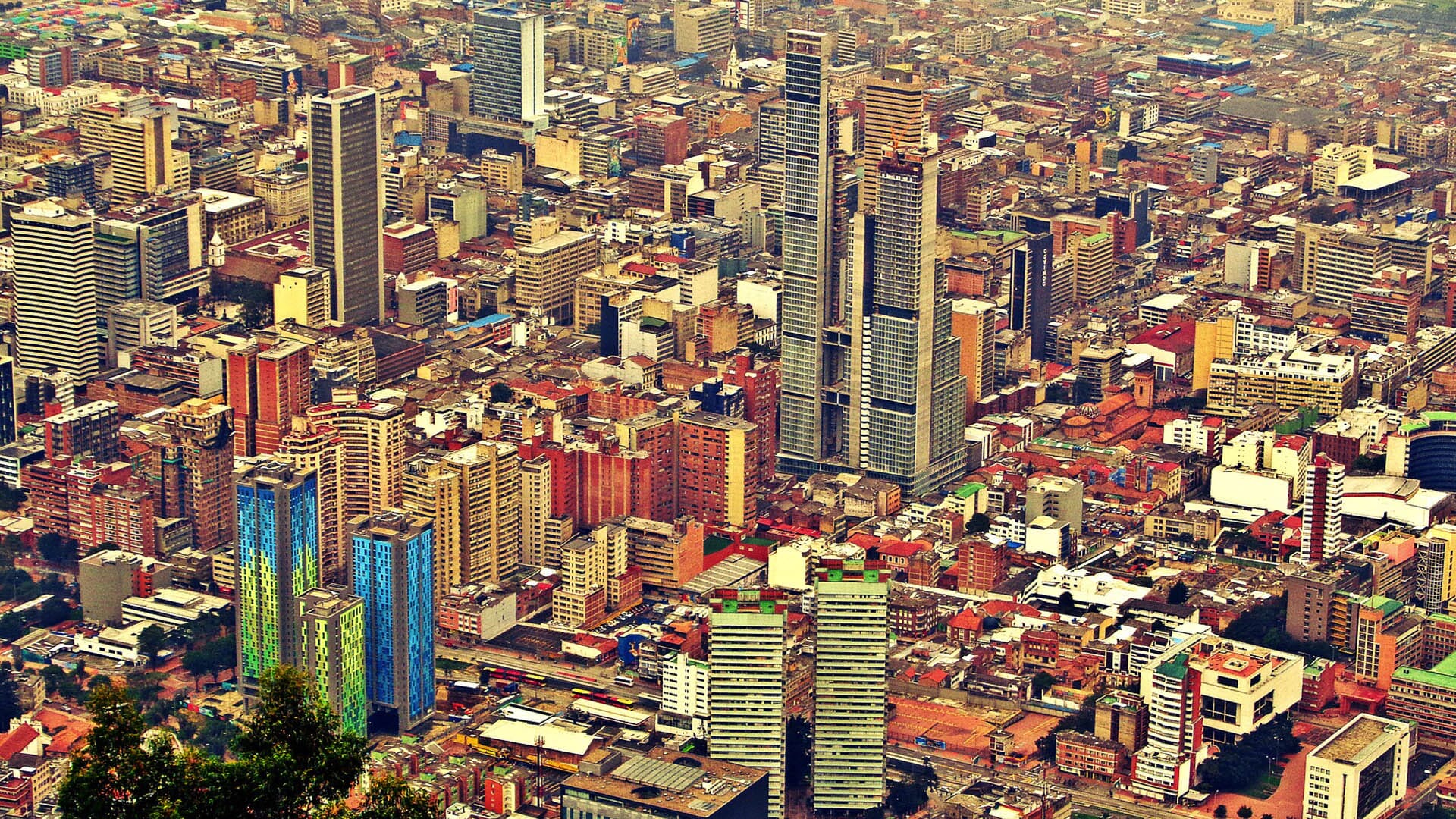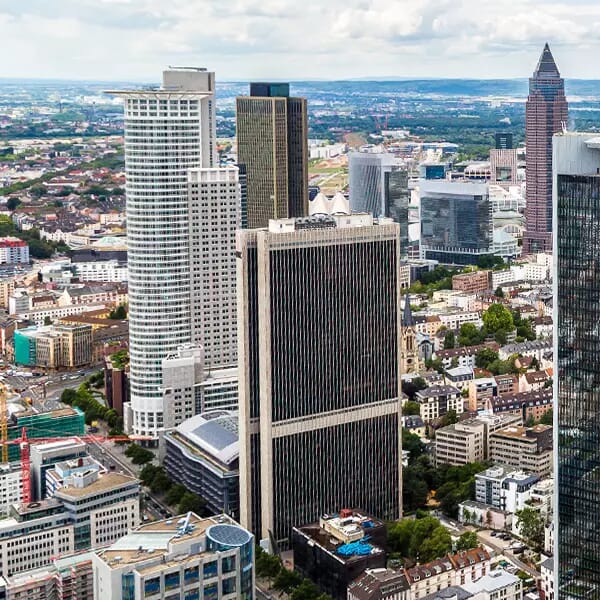 Pixabay
PixabayResidential sector to continue recovering in Latin America
Players in Chile, Colombia, and Mexico say the middle class is gaining momentum and will drive this market.
Considered by many as the star of the real estate industry, the residential segment is expected to continue shining in 2019. The expectation is that the recovery it made last year and that its growth on the main Latin American markets will continue, especially in the middle segment, say this industry’s players in countries such as Brazil, Chile, Colombia and Mexico.
The GRI Barometer also confirms this trend. The residential area is singled out as the favorite one this year in five of the six Latin American countries surveyed: Brazil, Colombia, Chile, Mexico, and Peru.
On the Brazilian market, amid the strong optimism with the beginning of the Jair Bolsonaro administration – also confirmed by the GRI Real Estate Brazil Barometer in February –, the ‘Real estate industry in 2019’ series featured the encouraging view there is among investors and developers, with ambitious targets – as is the case of Vitacon, which focuses mainly on compact apartments and real estate for income. With a 50% growth in business development in 2018 compared to 2017, the company led by Alexandre Frankel plans a new 40% expansion in this area in 2019.
The effect of the elections is also driving the mood regarding the residential area in Mexico, where leftist Andrés Manuel López Obrador won the electoral race. There, as in other places, this momentum tends to come mainly from midsize ventures.
“Although we have noticed a more pessimistic business environment in the business community, consumer confidence for buying a house continues high and solid,” said Arturo Correon Alonzo, general director of Atlas Desarrollos. He estimates his company will grow 14% to 18% in 2019.
BBVA Bancomer is another organization getting 2019 to a great start. On February 6, the entity announced the availability of 68 billion Mexican pesos (equivalent to $3.5 billion) in real estate loans. The figure is up 10% over the 2018 amount.
“Since the end of the year, especially after the election period, we have seen an increase in the demand for mortgage credits (around 6%), an expansion of [consumer] confidence levels and in the generation of jobs. All of these elements lead us to believe that the [residential] segment will grow 7% to 8% [in 2019],” said Ricardo Duhart Novaro, director of Banca Automotriz e Hipotecaria at BBVA Bancomer, an area of the bank dedicated to automotive and real estate loans, right after the announcement.
Popular developments
However, it should be noted that Mexico and Brazil are currently faced with a policy of reducing subsidies and restructuring social programs. Such changes generate some caution among developers working with popular enterprises.
On the Brazilian market, there are still questions about the next steps of the Minha Casa Minha Vida (MCMV) – the Brazilian popular housing program –, which currently awaits federal government transfers. In North America, the National Housing Fund for Workers Institute (Infonavit, in Spanish) is expected to make a new announcement, promised for April, regarding a new package to meet the demand for subsidies.
“Developers are suffering in the popular real estate segment [which needs investments from the public administration] because the government has been very clear about the lack of resources. There is money, but [it will be earmarked] for poor communities, in very poor regions or in areas directly affected by the earthquakes [in September 2017],” says Mexican Carreon Alonzo.
Continuity policies
In Colombia, meanwhile, the popular segment is experiencing a good moment. In 2018, the Colombian Construction Chamber (Camacol) reported that 60% of the housing that was marketed was related to subsidized projects.
Driven by the country’s National Development Plan (PND), the scenario continues for this year, considering that Iván Duque administration’s program has reducing homelessness among its objectives. “The subsidy packages and the incentives for [lower] interest rates, in addition to programs such as My Home Now (Minha Casa Ya, in Spanish), have encouraged [the development of] low-income enterprises,” explains Juan Carlos Moreno, CIO of the Amarillo developer.
He says that, there, in recent years, the medium and high-end home segments have suffered the most, decreasing 5.4% per year, on average – a movement that, he notes, has been being reversed. “As we worked [in the last year] mainly with popular ventures [around 75%], we experienced a 7% growth in 2018,” he explains.
In neighboring Chile, the maintenance of the economic policy and of the social programs brought developers peace of mind. "Last year, all sectors [residential] behaved well. Even the single-family market, which suffered a lot a year earlier, experienced a major recovery,” recalls Socovesa CEO Mauricio Varela.
“The fact that the new administration maintained the previous administration’s housing policies was favorable, as it did not have major impacts on the market,” he adds. He predicts a 5% growth for the residential sector in 2019 in this Andean country.
Medium standard as a lever
The players GRI Hub spoke with believe that the middle class, part of the population that grows notably in the region and promises to grow even stronger, will be responsible for the growth of the residential segment in 2019, including in Colombia.
“We still have a very large percentage of our portfolio in popular housing because it gives us capital speed, since these projects come to an end quickly, and this translates into fast return to our investors, but we are also launching medium-standard projects to capitalize on the recovery of this market, and we have occasional projects aimed at the higher tiers,” explains Amarilo's Juan Carlos Moreno.
“Chile is a country where there is a powerful middle class, and this is expected to continue being the main [local residential] market. For this year, we worked on projects for this part [of the population] in the main cities,” says Varela. In total, Socovesa expects to reach $600 million in sales, a 10% increase over last year.
Mexican outfit Atlas Desarrollos is moving in the same direction. “Faced with the change in administration, we chose not to step on the brake [in investments]. The mid-standard residential market remains strong and solid and is looking for unique projects.”
With growth estimated at 14% to 18%, the company will maintain its strategy of focusing on the main locations in that nation, says Arturo Correon. In addition to the capital, Mexico City, Chihuahua, Monterrey and Querétaro are included, as they “have strong economies, with a large participation of the private sector.”
A trend that is here to stay
Other fronts that promise to continue growing in Latin America are mixed-use projects – merging housing and other purposes – and residential developments for rent, which have gained momentum in recent years.
“We are entering the mixed-use industry, with a project in Querétaro, a complex that will have apartments, houses, an area for commerce, leisure and entertainment,” says Arturo Correon.
Atlas Desarrollos' first venture with this offer mix will also include an exclusive tower for lease aimed at students in the region – a model now known globally as student housing. In all, the condominium will have three buildings and 460 units. There will also be the possibility of installing offices. “In the beginning, we considered locations for services [for the residents], but setting up an office is possible. It will be a functional space.”
Likewise, Chilean outfit Socovesa invests in this type of construction and will roll out a similar complex in Santiago this year, bringing together residential properties, small offices and areas dedicated to commerce. “Mixed-use is the most innovative format in [Chilean] real estate,” argues CEO Mauricio Varela.
Mexican company Atlas also plans to maintain sustainable projects. Following the launch of the country’s first residential project that brought solar panels to the middle class, which was inaugurated last June, the company has maintained the conscientious consumption flag. “We continue with sustainable enterprises – with clean energy, permeable parks that allow rainwater harvesting, and infrastructure.”
By Estela Takada
Latin America GRI 2019

GRI Residential Latam 2019 is scheduled for March 27 and 28, as part of the fourth edition of Latin America GRI. This is one of the novelties of the already traditional event this year, bringing four exclusive rooms for debates on the residential market in Latin America.
More than 400 leaders of the regional real estate industry are expected to attend the meeting, such as the representatives of Atlas Desarrollos, Socovesa, and Amarilo. The full program and details about each of the debates are available on the event’s website.



